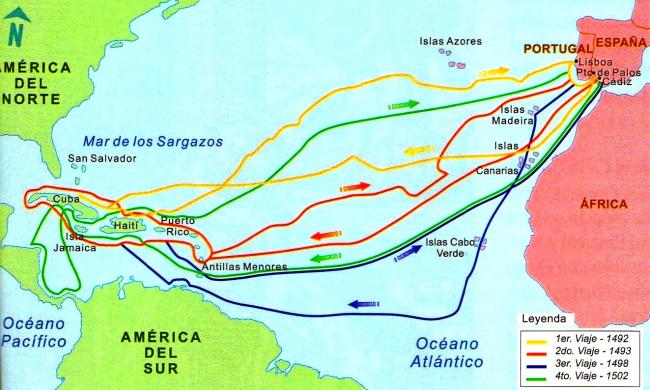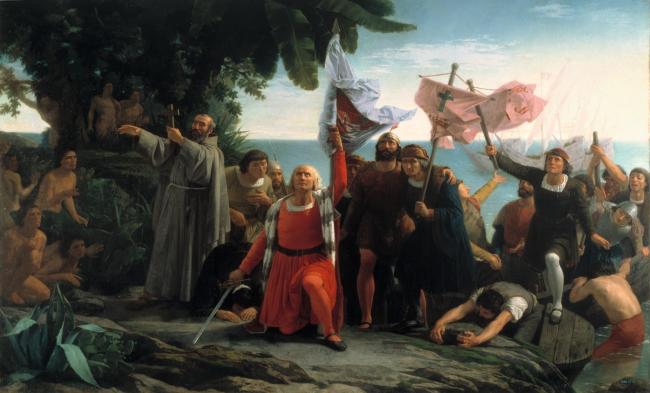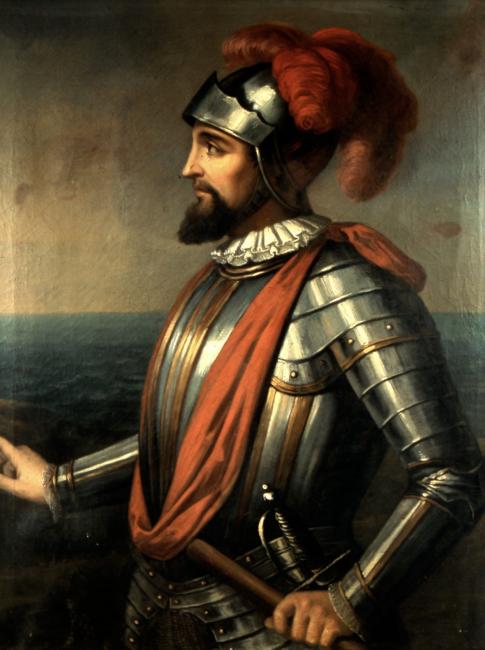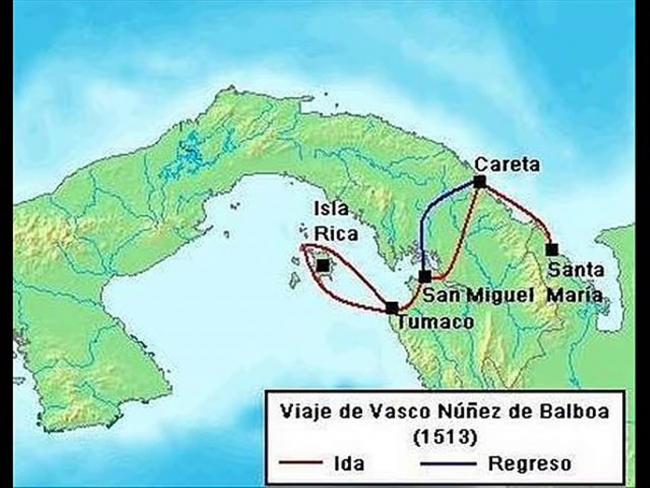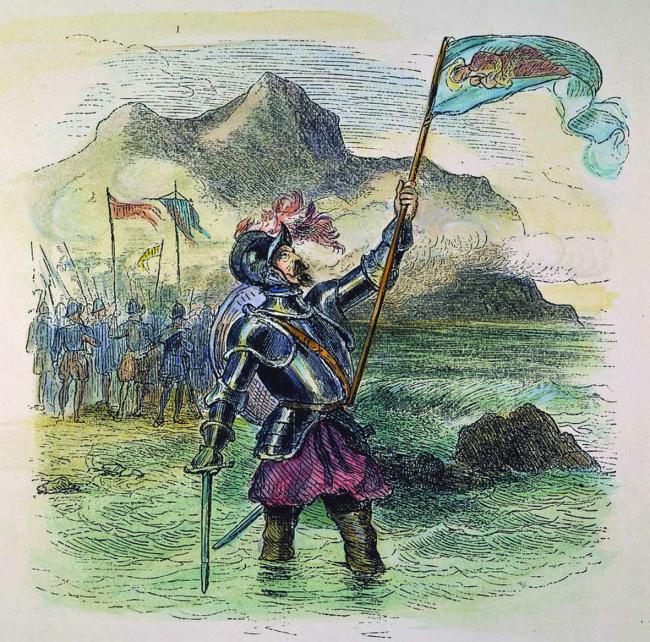Until 1492, the Caribbean and the Dry Land were two worlds that were foreshadowed, though not in their true form. In the Spanish imaginary, the Caribbean was formed by legendary medieval islands, which were in the Dark Sea, beyond what was known until then. The Dry Land was neither more nor less than the eastern coast of Asia, but there were several: that of the Catai or China, that country of millions of everything, where Marco Polo had been, and that of India, from which spice was supposed to come. The first contact of Europeans with the coasts of Central America and therefore with the aborigines took place in 1502 during Columbus' fourth voyage, in a small fleet that quickly reached the Bay Islands, near the coast of Honduras; from these islands, Columbus sailed along the Gulf coast to Cape Gracias a Dios, bordering the Caribbean coast of Nicaragua and Costa Rica; a few days later, Columbus continued the voyage along the coast of Panama.
Among the many discoverers who ventured along these coasts, two stand out, of whom countless statues have been erected, always looking towards a distant sea: Columbus and
BalboaThe first a Seafarer and merchant, and the secod an infant and conqueror. Both complemented each other, since Columbus was the first to cross the North Sea in a westerly direction, until he encountered a land that closed the way to Asia, and Balboa discovered the South Sea, being the first to sail in it, thus representing the continuity in the discovery of the maritime route to that continent.
